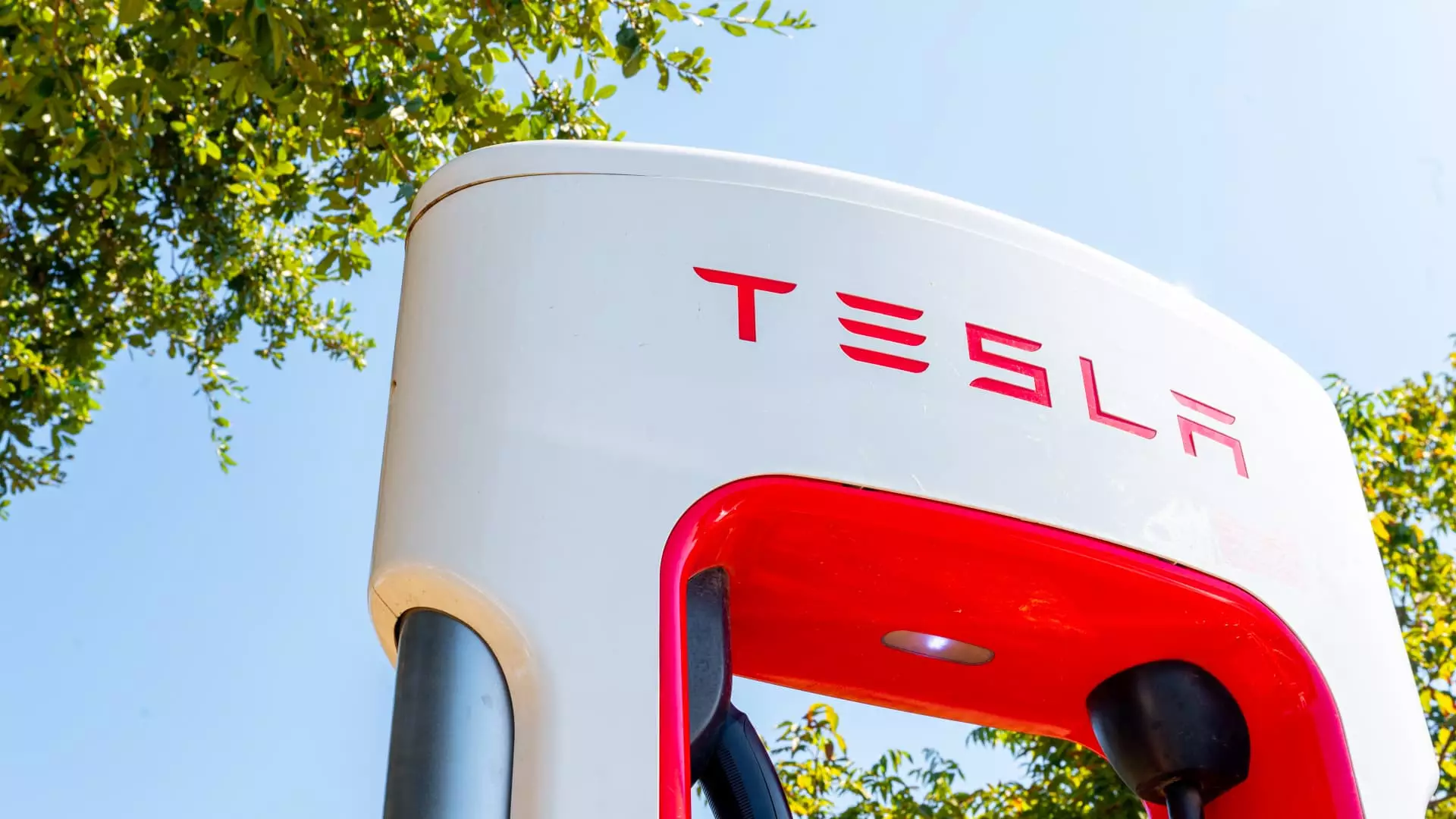With the advancement of autonomous vehicle technology, public enthusiasm is matched only by serious scrutiny. In a recent legal confrontation, the family of Genesis Giovanni Mendoza-Martinez, who tragically perished in a 2023 collision while utilizing Tesla’s Autopilot system, is suing the company on grounds of “fraudulent misrepresentation.” This case illuminates the many complexities and dangers surrounding Tesla’s claims about its automation technology.
A Heart-Wrenching Incident and Legal Proceedings
The unfortunate death of Mendoza-Martinez has spurred significant legal action, with his family seeking justice against Tesla in Contra Costa County. The case took a turn as it was shifted from state to federal court, indicating a different legal landscape with stringent standards for proving fraudulent claims. This transition is particularly burdensome for plaintiffs, who must navigate a more complex legal framework. The collision involved a 2021 Model S that crashed into a stationary fire truck while the Autopilot feature was reportedly in use. Mendoza’s brother, Caleb, who was also in the vehicle, suffered severe injuries.
In their lawsuit, the Mendoza family’s attorneys assert that Tesla has consistently exaggerated the capabilities of its Autopilot system. They argue that such misrepresentations were made to enhance public interest and, consequently, boost financial performance. This allegation raises critical questions about corporate responsibility and ethics, especially in an industry that impacts public safety.
In response to the allegations, Tesla’s legal team contends that Mendoza-Martinez’s own negligence contributed significantly to the incident. Their defense holds that potential misrepresentation by the company was not a pivotal factor in determining the outcome of the crash. They argue that the design of Tesla’s vehicles and their features aligns with relevant state and federal regulations, claiming that the automation systems possess a “reasonably safe design.” This defense places the onus back on the driver, highlighting a persistent tension between user responsibility and manufacturer accountability in the conversation surrounding autonomous vehicles.
The challenges surrounding Tesla’s Autopilot system are not isolated; they are part of a larger narrative involving multiple lawsuits and investigations related to similar incidents. As of now, at least 15 active cases are pursuing claims against Tesla concerning the Autopilot and its Full Self-Driving (FSD) variants following accidents that resulted in fatalities or severe injuries. Recent moves to federal courts indicate an increasing urgency regarding the legal ramifications of automation technology.
Moreover, this legal landscape has attracted attention from the National Highway Traffic Safety Administration (NHTSA), which initiated its own investigations into Tesla’s Autopilot technology. Investigations by oversight bodies underscore the precarious balance between innovation and safety. As the NHTSA investigates whether Tesla’s solutions have adequately addressed concerns about Autopilot malfunctions, key questions regarding the effectiveness of over-the-air software updates bubble to the surface.
Tesla’s history of communications—tweets by CEO Elon Musk, blog posts, and public comments—has raised eyebrows among regulators and consumer advocates. Critics argue that Tesla’s promotional messages could mislead consumers into overestimating the autonomy of their vehicles, inviting dangerous reliance on technology that still requires human oversight. This skepticism is supported by concerns voiced by regulatory bodies, including the California Department of Motor Vehicles, which posits that Tesla’s marketing practices may amount to false advertising.
Tesla continues to offer an updated version of its FSD software to customers, and Musk actively promotes the technology to his substantial following, framing it as an almost magical advancement. However, as Musk has publicly envisioned a future where Tesla cars operate fully autonomously, competitors such as WeRide, Pony.ai, and Waymo are already making strides in deploying commercial robotaxi services. The gap between promise and practice may lead to deeper inquiries into Tesla’s corporate practices and technological capabilities.
As Tesla faces significant scrutiny in the wake of the Mendoza-Martinez tragedy, the implications extend beyond a single lawsuit. They compel a broader reflection on ethical communication in business, consumer safety, and the ongoing evolution of automated technologies. Families affected by accidents are left to grapple with their losses amid a rapidly changing landscape, while Tesla finds itself at a pivotal moment attempting to reconcile its ambitious innovations with the profound responsibilities that accompany them. As we navigate the future of autonomous driving, the balancing act between innovation, responsibility, and safety will prove crucial for automakers and consumers alike.

